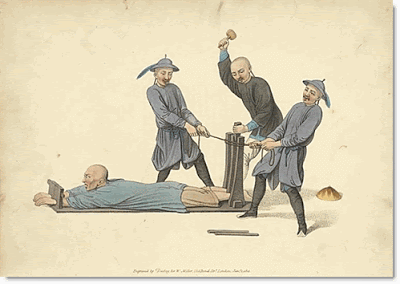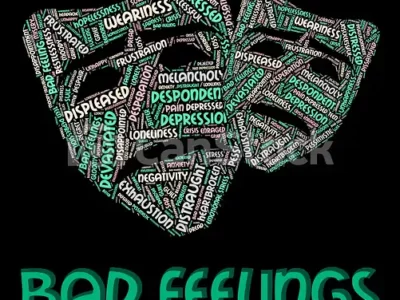PUNISHMENT – CRITICISM
The therapeutic, preventive, and punitive ideologies that society uses in responding to crime are analyzed, and the rationalizations that are usually given for punishment, i.e., deterrence, retribution, and incapacitation, are examined.
It is quite the opposite. Everyone always learns something from his punishment. You don’t learn much out of joy, but when things go wrong and you have to deal with some unpleasantness, oh boy! Nothing lights up the learning circuit as quickly and so thoroughly as punishment.
The utilization of punishment is justified in terms of deterrence, retribution, or incapacitation. The deterrence position maintains that if the offender is punished, not only the offender by also those who see his example are deterred from further offenses.
CRITICISM

- CRITICISM- CENSORSHIP
- SCOLD-CRITICISE
- ABUSE-INSULT-DISRESPECT-HUMILIATE
- SARCASM
- COMPLAINANT-CRITIQUE
- FACE CRITICISM
- NO CRITICISM
- PRAISE – IN GOD SECTION
Etymologically the word criticism is derived from the Greek word meaning ‘Judgement’. It is an exercise in judgment. Literary criticism is the exercise of judgment on works of literature. To examine the merits and demerits and finally to evaluate the artistic worth, is the function of criticism.
When you receive constructive criticism, you’re gaining a new perspective on how you can improve from a third-party lens, which can give you the opportunity to notice things you missed before and motivate you to try a different approach to your work. Constructive criticism is considered a necessary tool to help students recognize their mistakes, learn from them, and stop repeating the same mistake in the near future. Faculty members should continuously provide constructive criticism for students to boost their motivation in learning English.
Being able to accept criticism shows maturity and prevents problems with people in authority. If you can control yourself and listen to what others have to say about how you can improve, you will have fewer problems. And the criticism may really help you!
PUNISHMENT

- PUNISHMENT
- TO PUNISH
- FACE PUNISHMENT
- CORPOREAL PUNISHMENT
- PUNISHMENT TOOLS
- CAPITAL PUNISHMENT
- JAIL PUNISHMENT
- CONDONATION – IMPOUND
- CONDONATION-PARDON-FORGIVE
There are three possible ways a society can cope with crime, including punishing the offender, treating the offender, and preventing crime through the manipulation of the factors that produce it. Specific ideologies which govern a society’s response to those who violate its laws may be discerned. In the therapeutic or treatment ideology the offender is viewed as being ‘sick’ in that he is the victim of social and physiological forces or of defective conditioning of his personality. The objective of this ideology is that of making the offender ‘well’ by treating the personal or social factors that have brought about criminal behavior. The preventive ideology views the offender as ‘poor,’ or caught in the clutches of environmental or personal circumstances that lead him to commit a crime. The emphasis is on changing the circumstances before the individual commits the crime. In the punitive ideology, the offender is viewed as being ‘bad’ and a threat to the victim and society in general. The punitive ideology predominates the American criminal justice system today. The utilization of punishment is justified in terms of deterrence, retribution, or incapacitation. The deterrence position maintains that if the offender is punished, not only the offender by also those who see his example are deterred from further offenses. The second rationalization, retribution, argues that when society is injured by crime, the offender is expected to pay a debt to society. The final rationalization, incapacitation, raises serious questions because it ensures lawful behavior only while imprisonment lasts and does nothing concerning behavior when the offender is released. It is suggested herein that punishment is ineffective in terms of any rationalization given for its use, and that punishment is maintained because it serves certain social functions involving group cohesion, rules clarification, and social change. Fifteen references are provided in the paper.







